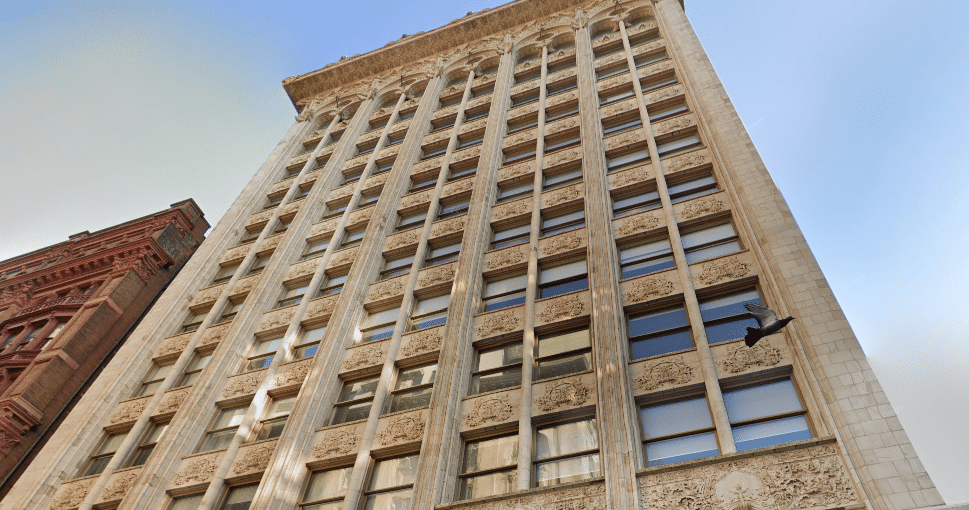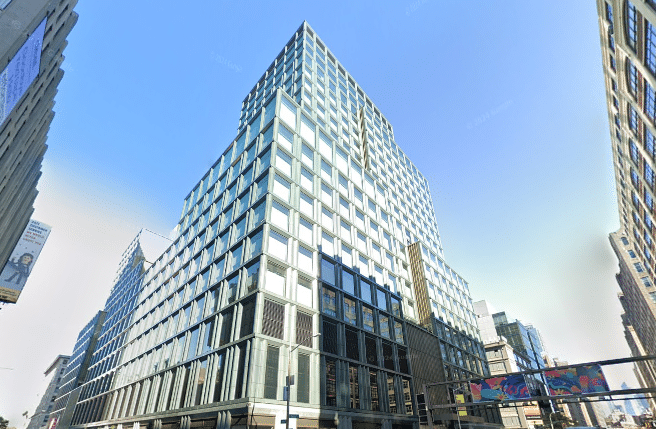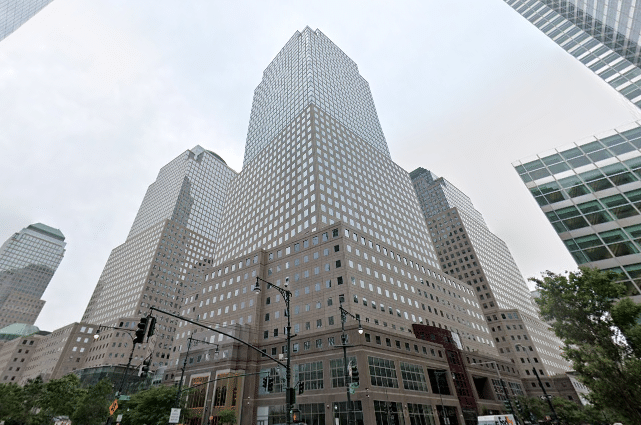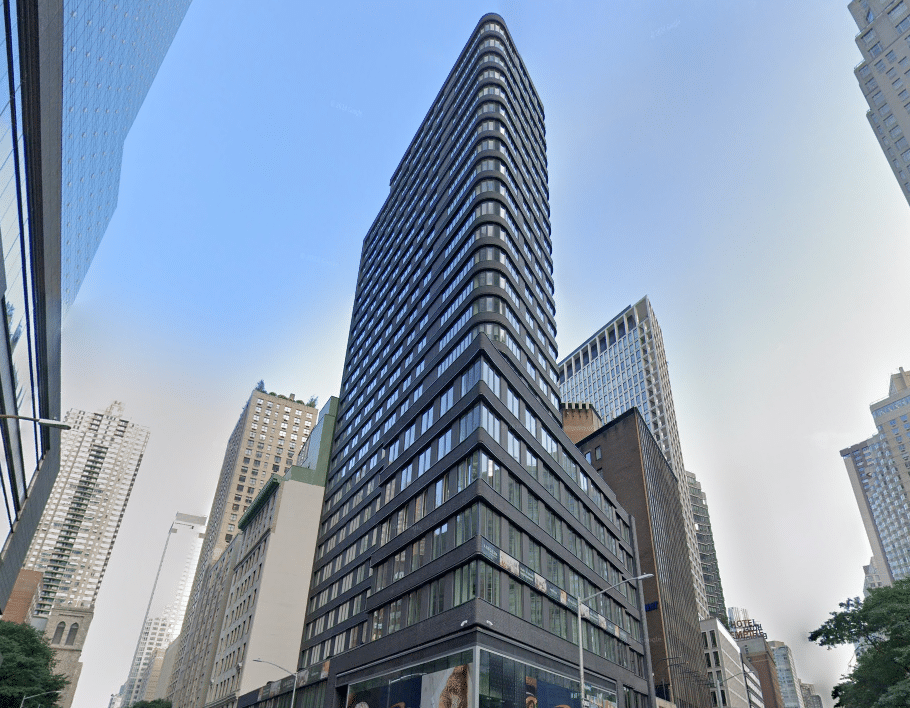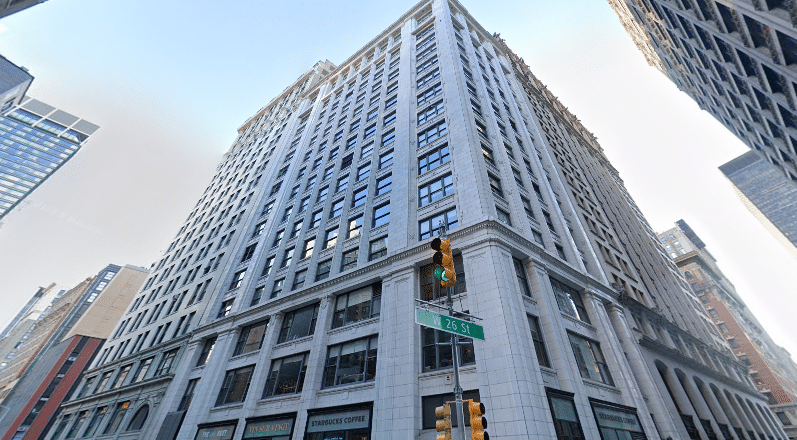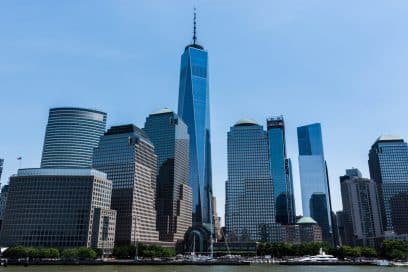Brace yourself for the future of New York City’s commercial real estate market because the uncertainty looks as significant as ever. Many workers are learning a harsh lesson akin to “be careful what you wish for.” While the pandemic-induced remote work revolution initially brought many benefits, an unanticipated consequence is disrupting the labor market and, in turn, the city’s commercial real estate market: overseas outsourcing.
However, that’s only the tip of the iceberg.
The rapid advancement of AI technologies like ChatGPT could further reshape the sector by streamlining processes and reducing the need for human labor.
Moreover, New York City commercial real estate’s future seems more uncertain than ever, with increasing interest rates, tightening lending standards, less liquidity, expensive credit, and a looming recession.
This article thoroughly explores the above catalysts and explains their potential impacts on New York City’s commercial real estate.
Overseas Outsourcing: The Next Wave of Remote Work
The pandemic-induced remote work revolution has had unexpected consequences, including the rise of overseas outsourcing. As companies learned to manage distributed workforces using technologies like Zoom and Dropbox, they discovered the cost-saving potential of offshoring jobs. As a result, according to labor consultants and economists like Stanford’s Nicholas Bloom, 10% to 20% of U.S. service support jobs, such as software developers and H.R. professionals, could move overseas within the next decade. This trend could significantly impact the demand for commercial real estate in cities like New York.
A Wall Street Journal report cites companies as increasingly outsourcing jobs in response to labor shortages and rising wages. The remote work model has allowed businesses of all shapes and sizes to explore cost-cutting measures by hiring from overseas markets where labor costs are lower. This offshoring could extend to various white-collar jobs, leading to a “seismic shift” in the workforce.
The potential impact of overseas outsourcing on commercial real estate remains uncertain. On the one hand, the demand for office spaces may decrease as companies continue to offshore jobs. On the other, new industries might emerge, requiring additional office spaces in cities like New York. As companies and employees adjust to the next wave of remote work, they should be mindful of the long-term implications for the labor market and the commercial real estate landscape.
Work From Home: A Double-Edged Sword
The work-from-home trend, born out of necessity during the pandemic, has permanently changed how many companies conduct business. But, unfortunately, the initial benefits of remote work, like increased employee retention and reduced office space needs, are overshadowed by the potential harm to white-collar workers in the U.S.
As businesses adjusted to remote work, they discovered the financial advantages of hiring talent from abroad, often at lower costs. Understanding this has led to a surge in overseas outsourcing, which could significantly impact the commercial real estate market in New York City as companies continue to downsize their physical office spaces.
Take Twitter and Microsoft, for example; both embraced work-from-home policies, allowing employees to work remotely at least half the week. As these companies reevaluate their real estate needs, they could ultimately contribute to a decrease in demand for office space in New York City.
Moreover, work-from-home has its own set of challenges. Although it eliminates long commutes and offers more flexibility, the lack of face-to-face interaction can lead to feelings of isolation and hinder creativity. In addition, data privacy concerns and the difficulty of effectively working on hardware-intensive projects have also become apparent.
Artificial Intelligence: Reducing Demand for Labor in Service Industries
The commercial real estate market in New York City has experienced significant shifts due to overseas outsourcing. The rise of new, almost human-like generative Artificial intelligence (A.I.) technologies, such as ChatGPT, could reshape the sector further. By streamlining processes and minimizing human labor, A.I. can reduce demand for office space and displace skilled workers in the U.S.
So much so that Goldman Sachs estimates that 300 million jobs could be lost or diminished thanks to A.I.
Yet, New York City’s commercial real estate history is a testament to adaptability. For example, when factories shuttered because of globalization and cheaper manufacturing, ad agencies and P.R. firms repurposed these spaces. Similarly, mobile apps and tech businesses filled vacancies following the Financial Crisis.
With AI’s continued advancements, two scenarios for commercial real estate emerge.
The first scenario is industries downsizing and requiring less office space. A.I. technologies, like ChatGPT, may lead to job displacement in marketing, P.R., and computer programming sectors. Automating tasks like code writing, marketing, and remote work collaboration could lower the demand for office space.
The other scenario is A.I. spawning new industries and businesses, increasing demand for office space. As A.I. continues to evolve, existing companies could expand and innovate. What this means is new products, services, or AI-driven customer service roles would necessitate larger workforces and office spaces.
The impact of the A.I. revolution on commercial real estate remains uncertain. It may take years to fully comprehend how A.I. shapes markets like New York City. However, we must brace ourselves for any scenario.
Increasing Interest Rates and Potential Recession: A Looming Threat
As the commercial real estate market in New York City grapples with the overseas outsourcing effect, another factor threatens to worsen the situation: rising interest rates and a potential recession. Picture already quiet office buildings with even less people as businesses adapt to the changing economic landscape.
New York City, a critical bellwether for investor attitudes, is already witnessing a downturn. Avison Young reports the city’s commercial property sales are on track for their worst year since 2009. At the same time, the Fed’s moves to combat inflation are hitting the commercial real estate industry hard. Valuations are falling as credit becomes increasingly scarce.
Goldman Sachs foresees regional banks, responsible for 80% of commercial property loans, withdrawing from commitments due to liquidity pressure. Consequently, short-sellers are betting against commercial landlords, indicating a continued decline in the market.
Paying attention is essential, as commercial real estate’s health can have ripple effects throughout the labor market and overall economy. For instance, over half of surveyed panelists from The National Association for Business Economics predict a 2023 recession. In addition, with interest rates rising, refinancing at a higher rate becomes more challenging, especially when only 50% of a building is in use.
On top of that, economists forecast a recession and stagflation soon. For instance, more than half of the panelists surveyed by The National Association for Business Economics predict a recession in 2023. Moreover, tightening lending standards and expensive credit may increase uncertainty in asset valuations, impacting the CRE industry.
The Key Takeaway
The overseas outsourcing effect on commercial real estate is multifaceted. We see trends like work-from-home, A.I. advancements, and the potential for economic downturns intersecting and disrupting. While businesses may initially benefit from cost-saving measures such as overseas outsourcing or AI-driven labor reduction, the long-term impact on skilled US workers and the commercial real estate market in cities like New York remains uncertain.
As these labor trends continue to evolve, keep a watchful eye on the landscape. Not only on the consequences for the commercial real estate market but for the broader economy as well.







